Walter P. Chrysler was a self-taught engineer who began his career as a mechanic, traveling from town to town working in different machine shops. In Wellington, Kansas he went to work in the machine shops for the Santa Fe Railroad. He then went to work for Buick as a project manager and quickly rose to become president of the company.
In 1920, the Maxwell-Chalmers company hired Chrysler to fix the company’s troubled operations. Chrysler brought in three engineers from Studebaker—Fred Zeder, Owen Skelton, and Carl Breer—to design a revolutionary new car. In 1924, the new car was ready and featured innovations such as a six-cylinder high-compression engine and four-wheel hydraulic brakes.
Chalmers car production ended in late 1923 and in 1925 the Maxwell Motor Company was reorganized as the Chrysler Corporation. The Depression slowed Chrysler’s growth. By 1936, Chrysler was the second best-selling car in the United States. By this time Chrysler had earned a reputation as an engineering company that had developed a number of automobile firsts, including replaceable fuel filters, low-profile carburetors, and a new engine mounting method to isolate vibration.
A creative innovation introduced in 1934 proved unpopular.
Shown below are some Chryslers from the first decade of production.
1927 Chrysler Model E-60 Imperial Cabriolet
This car was displayed at the Western Antique Aircraft and Automobile Museum (WAAAM) in Hood River, Oregon.
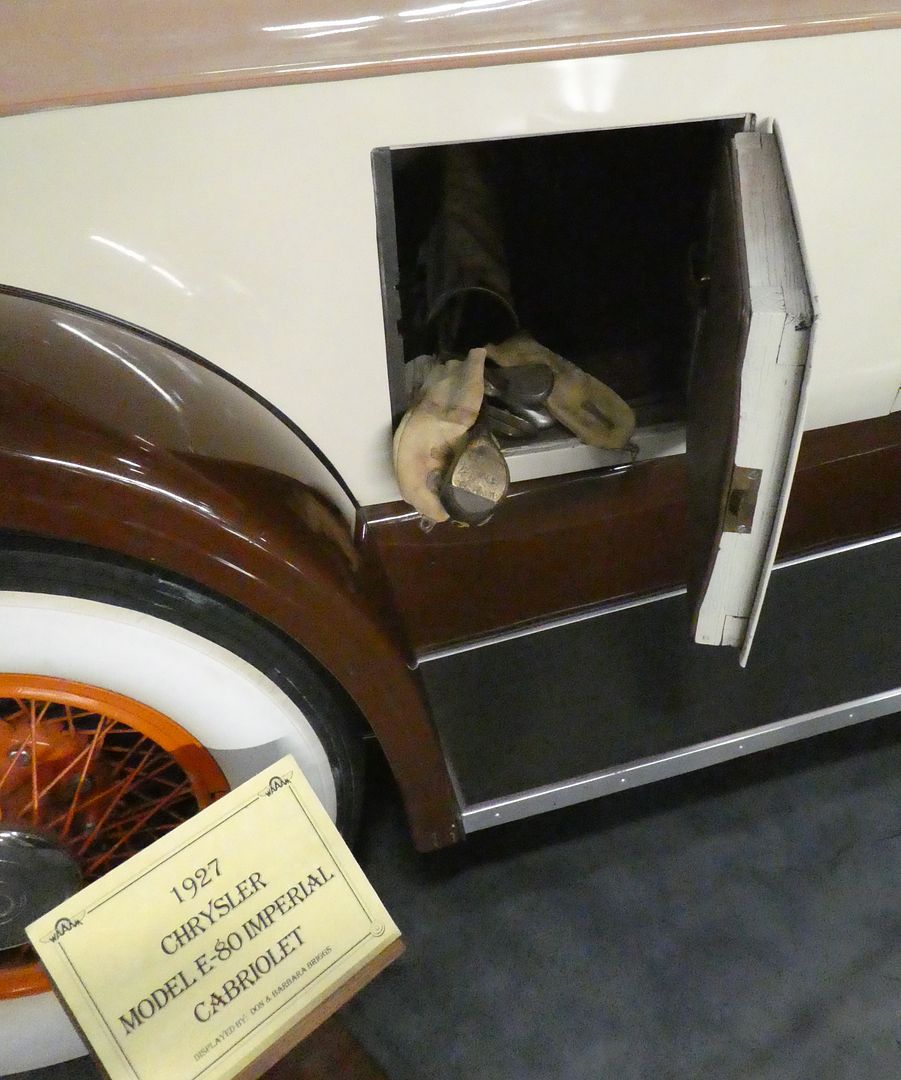
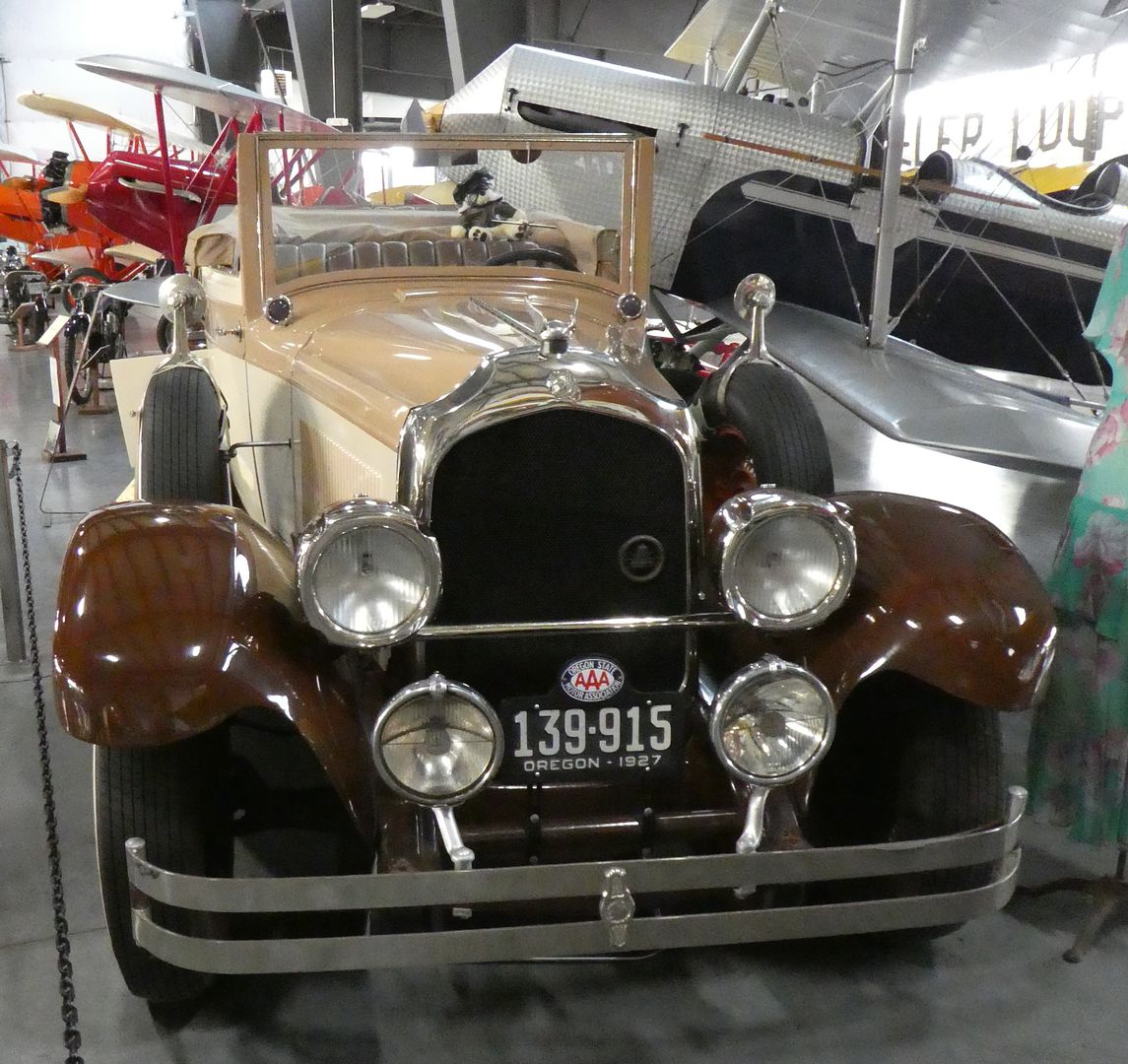
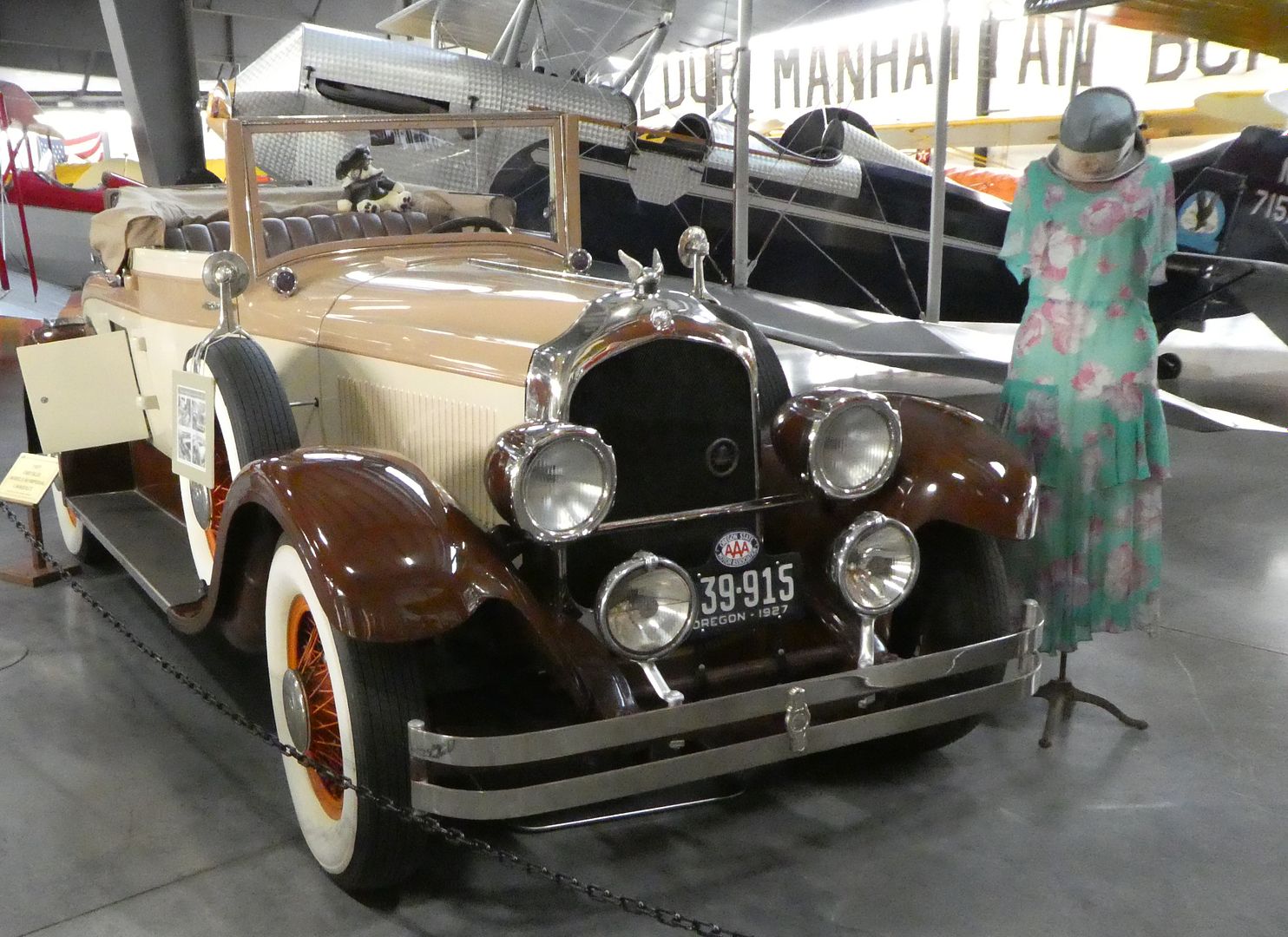

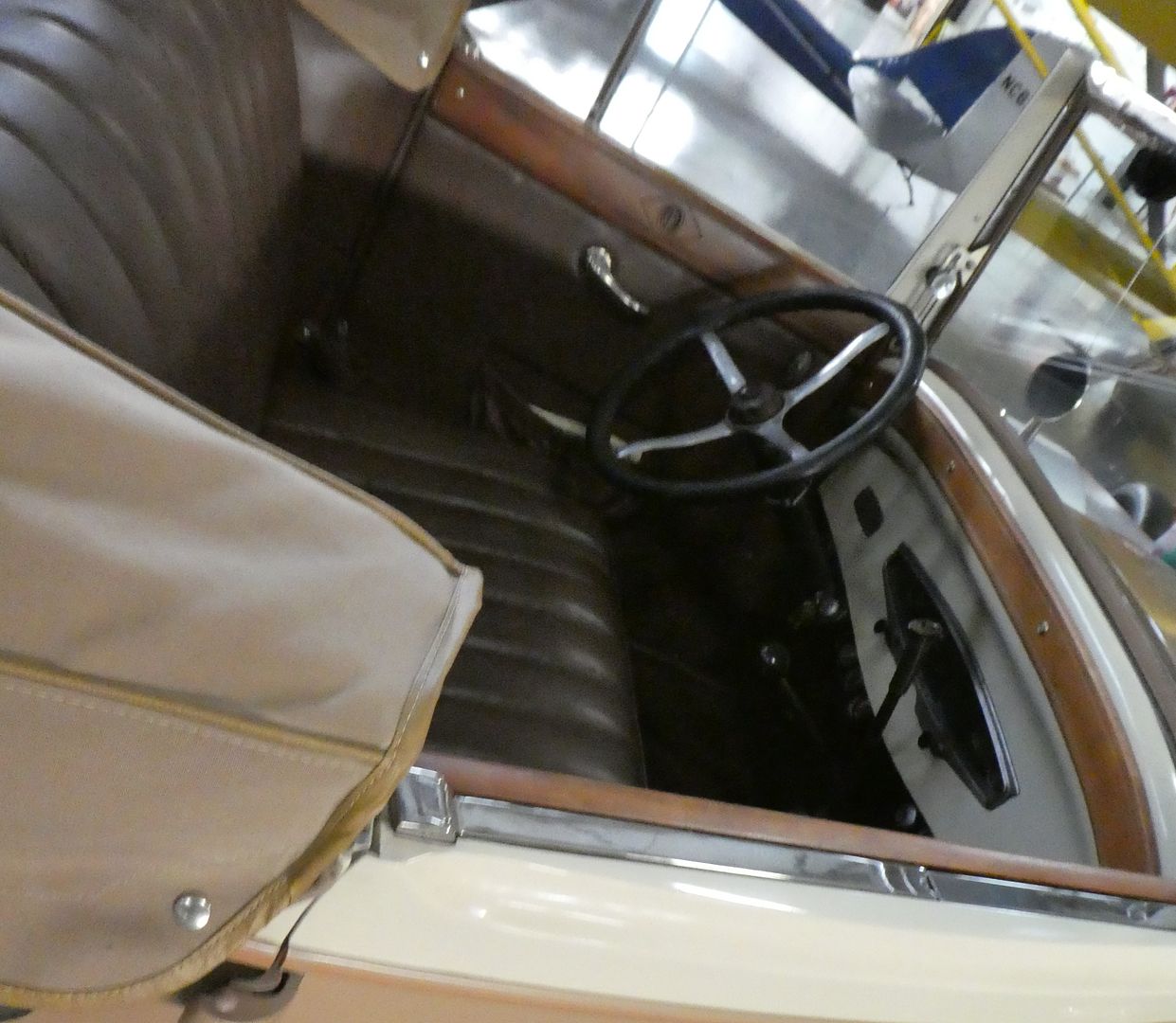
1929 Chrysler Model 65 Coupe
This car was displayed at the Western Antique Aircraft and Automobile Museum (WAAAM) in Hood River, Oregon. This car sold new for $1,296. It has a 98-horsepower, six-cylinder engine.
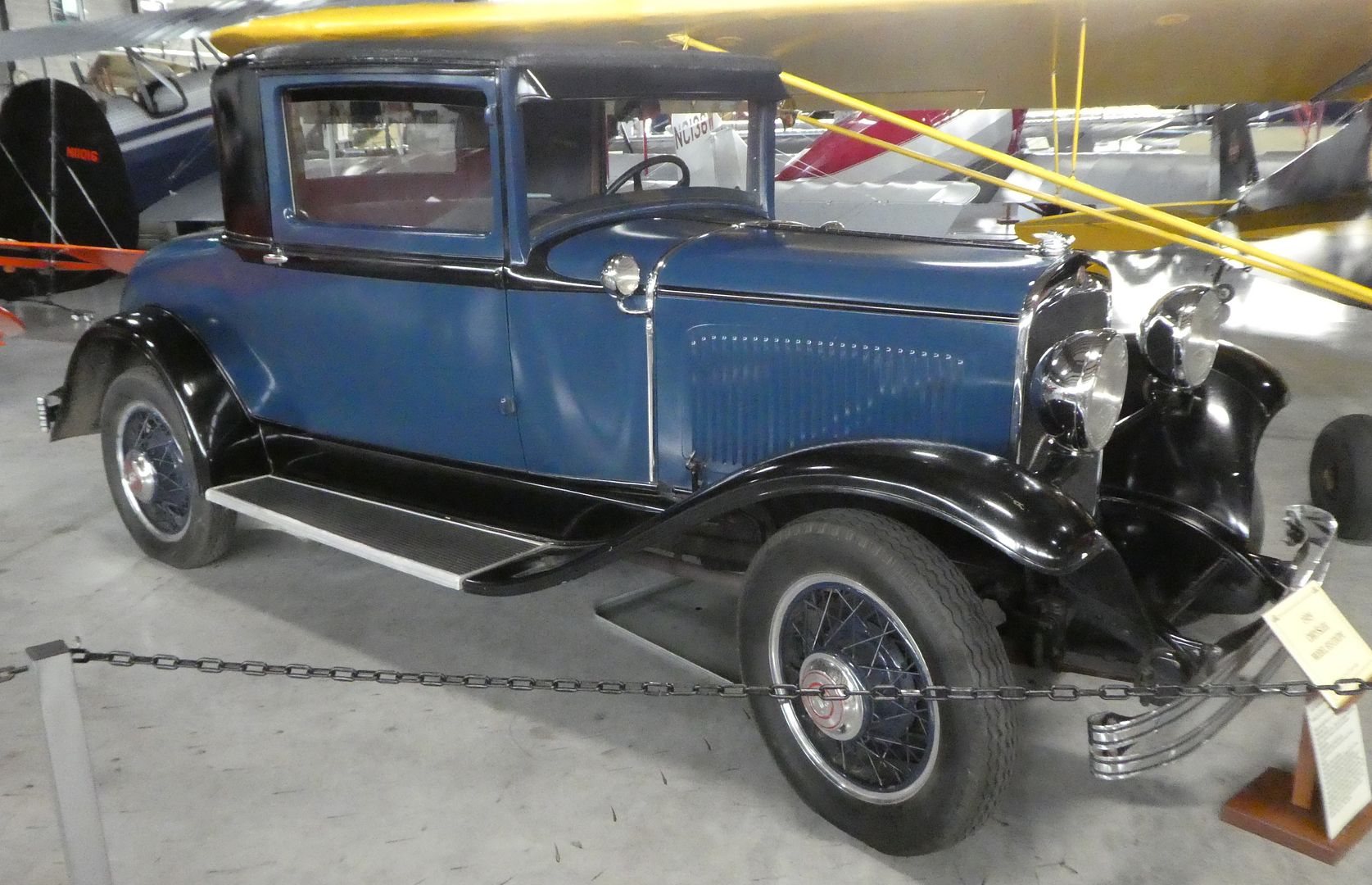
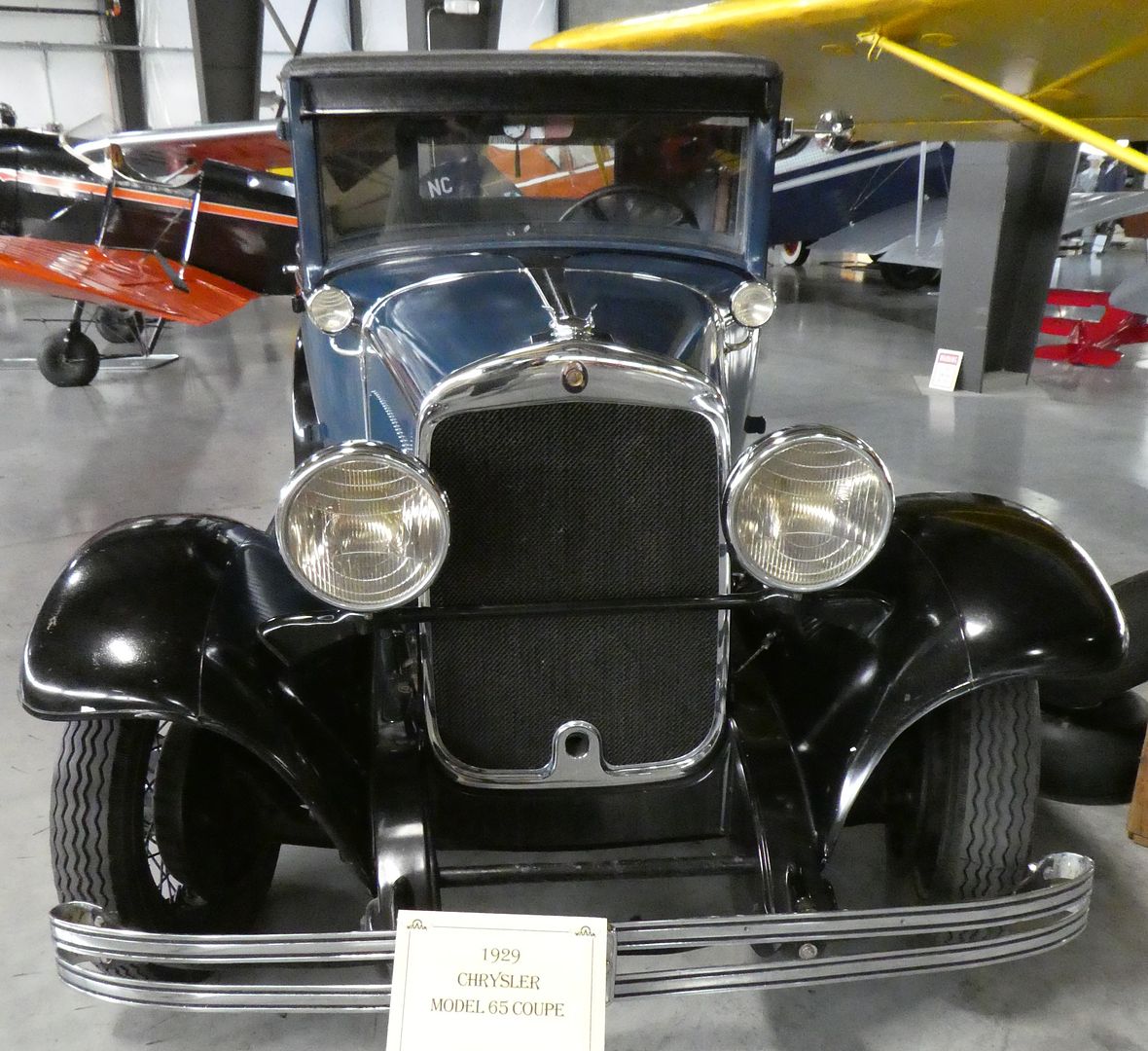
1930 Chrysler 77 Series Roadster
This car was displayed at the LeMay Automobile Museum—America in Tacoma, Washington.
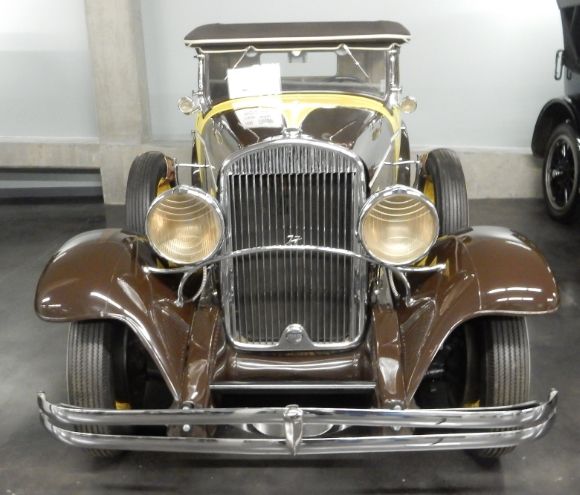
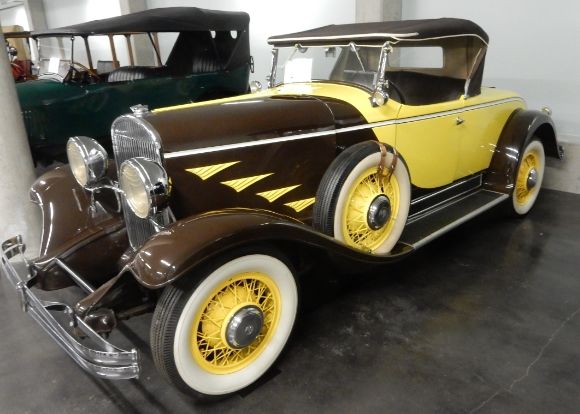
1931 Chrysler CG Imperial Limousine
This car was displayed at the Western Antique Aircraft and Automobile Museum (WAAAM) in Hood River, Oregon.
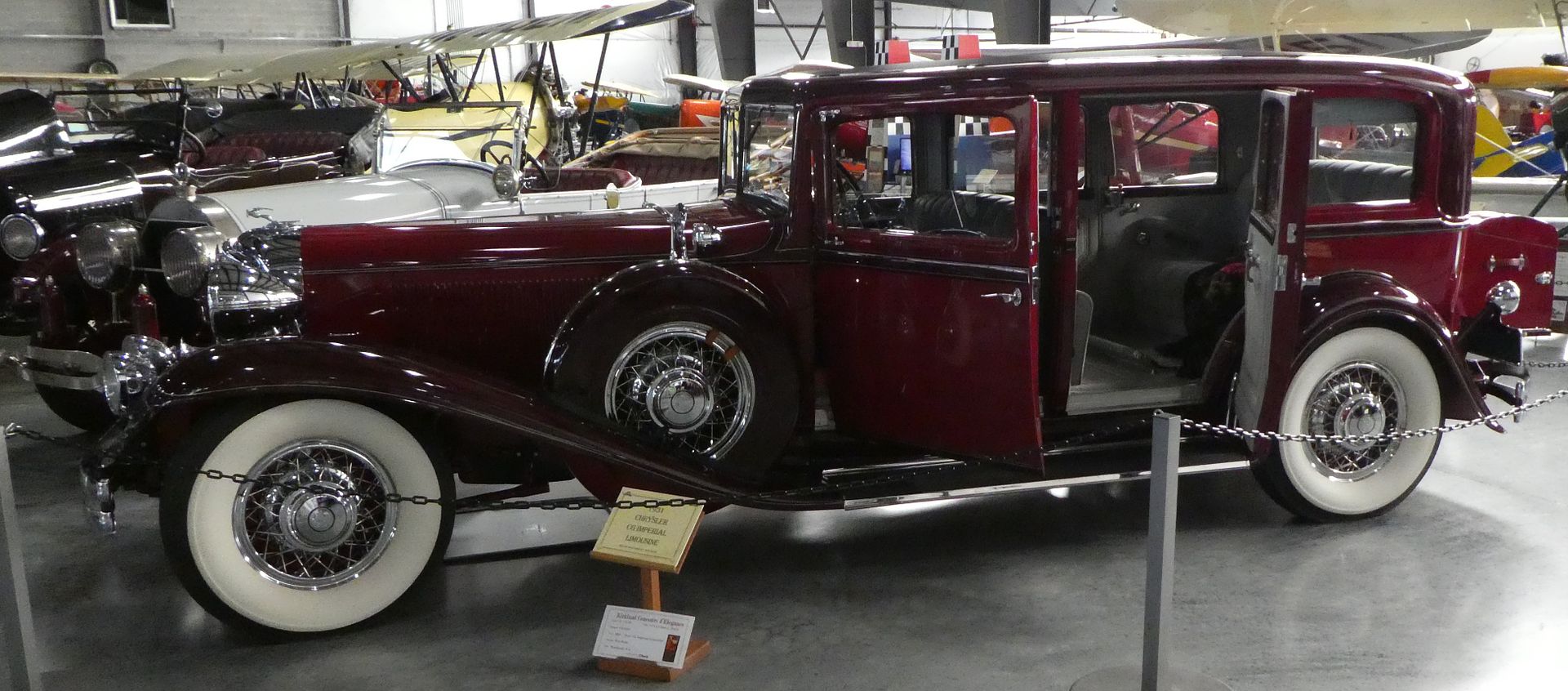
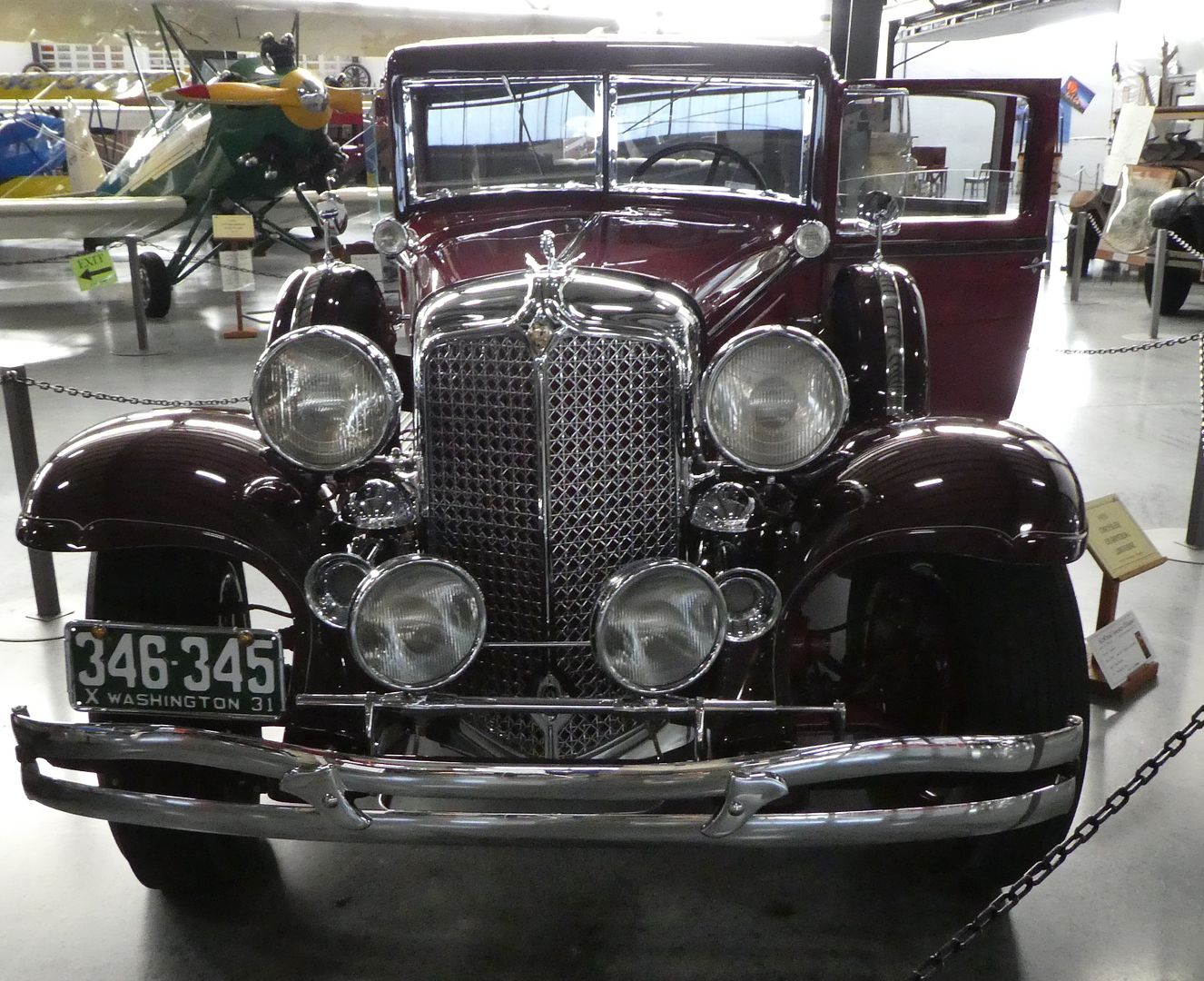
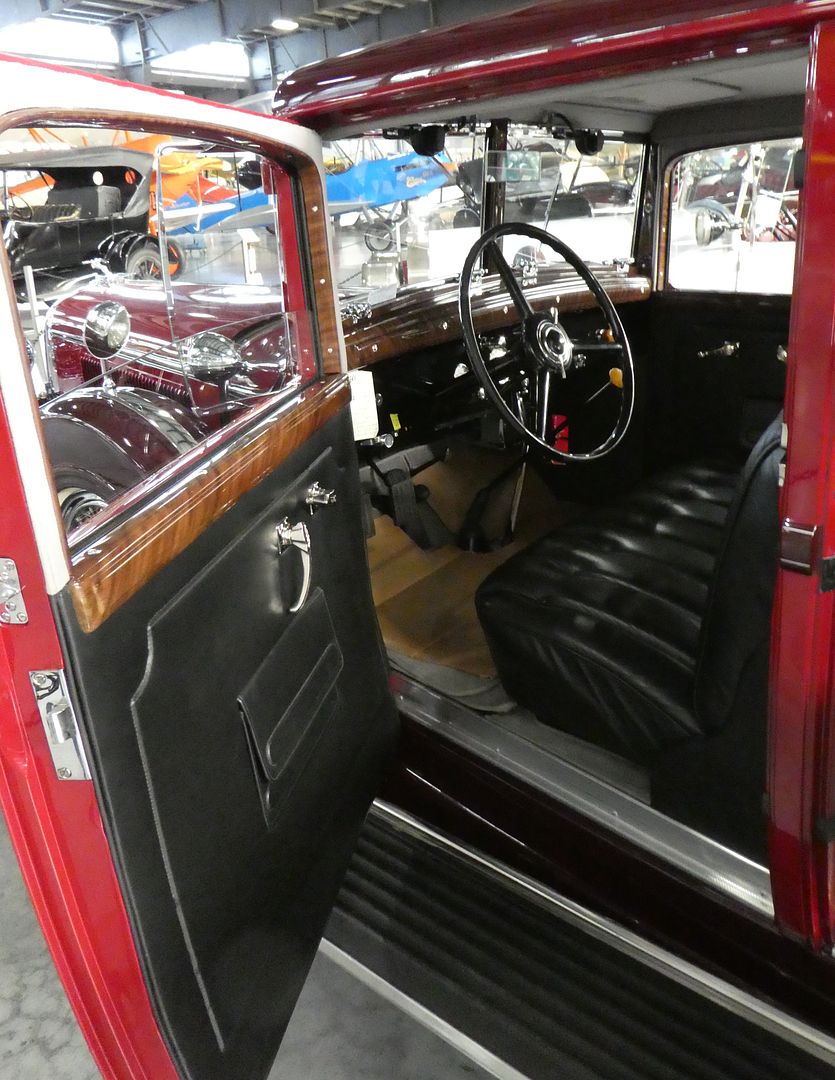
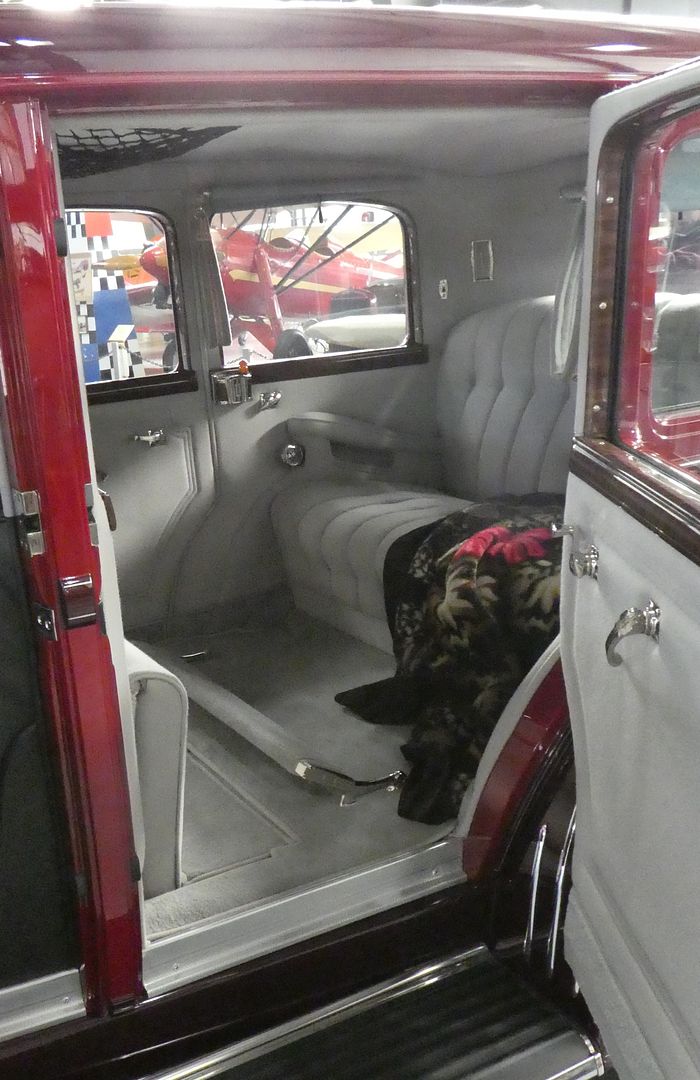
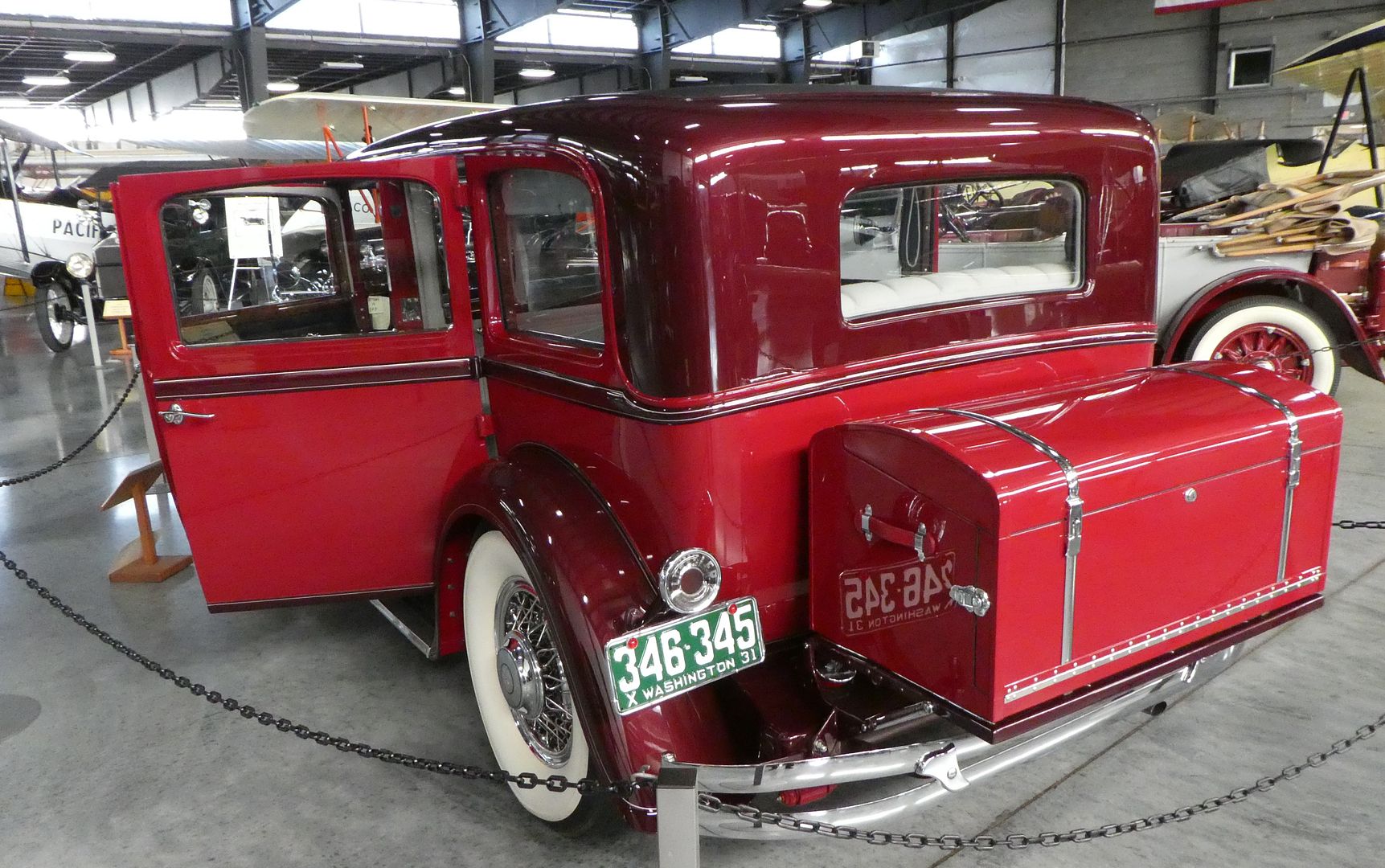
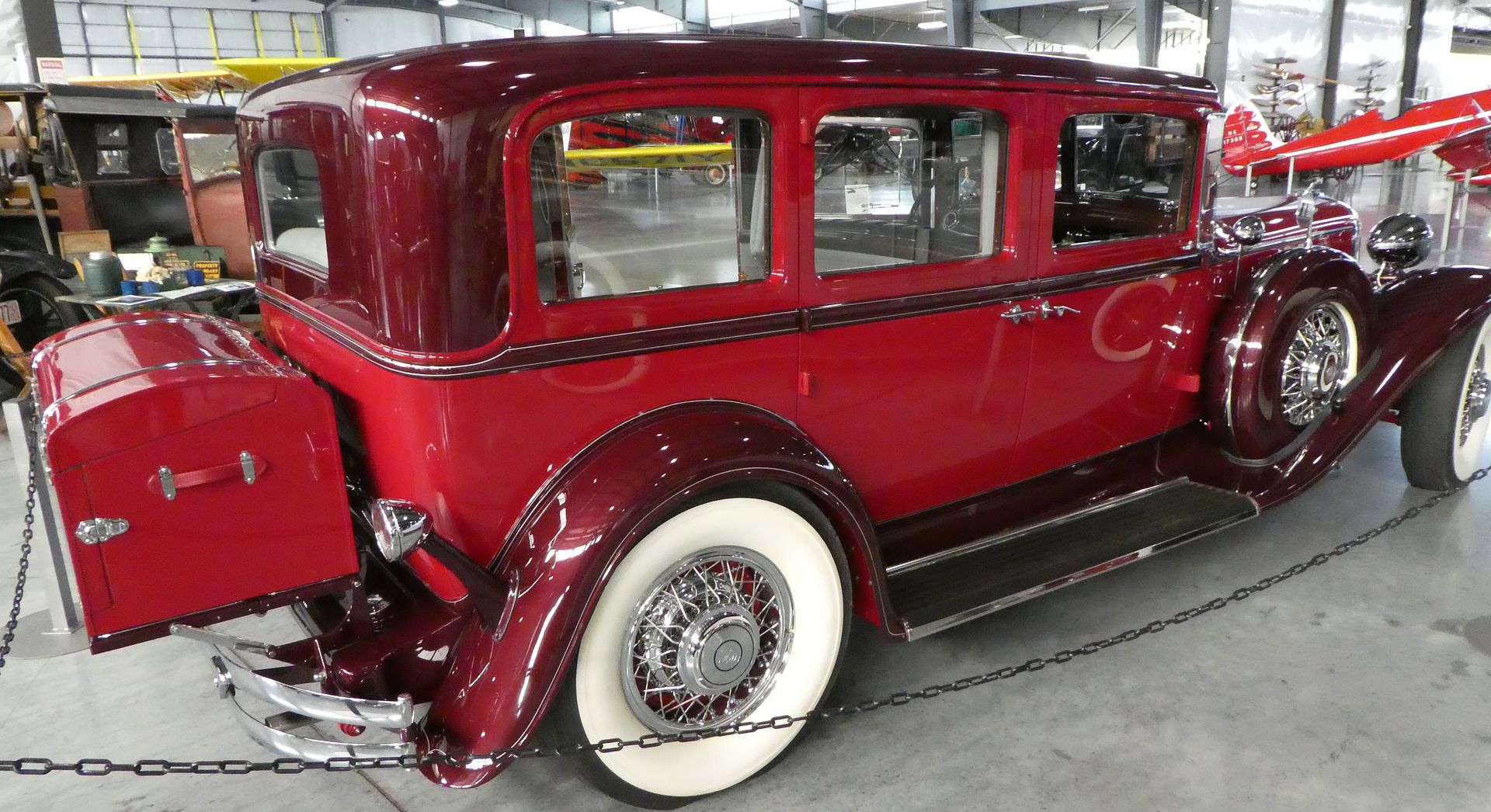
1931 Chrysler Imperial
This car was shown at WAAAM West, Vancouver, Washington. A total of 271 of these cars were produced at a price of $3,145. The engine is a 385 CID flat head straight eight producing 125 horsepower and a top speed of 100 mph.
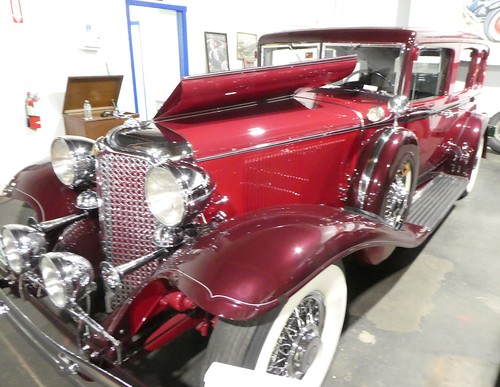




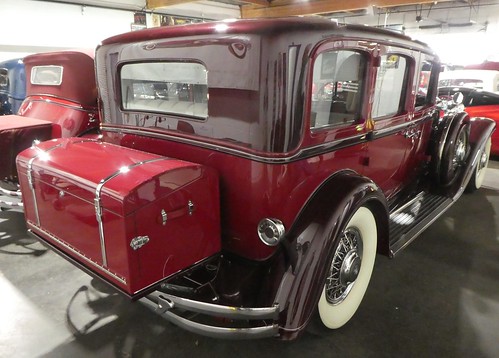
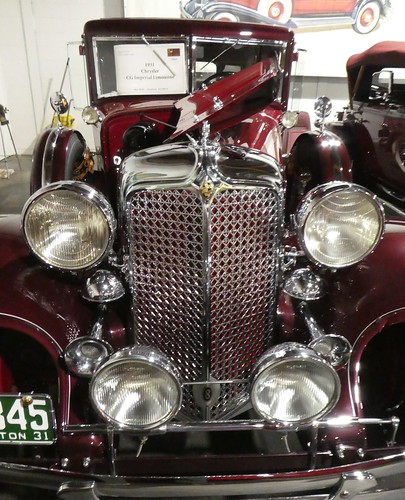

1931 Chrysler Imperial Dual Cowl Phaeton
This car was shown at WAAAM West, Vancouver, Washington. This car is #50 of 85 built. It sold for $3,575. This car was originally going to Buenos Aires, Argentina. Ron Wade found it in the 1970s and spent 35 years collecting all the missing parts and restoring it.
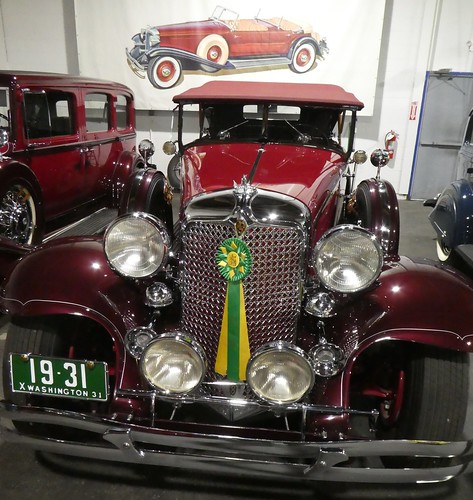

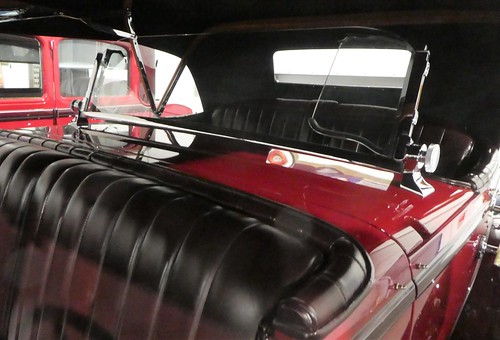



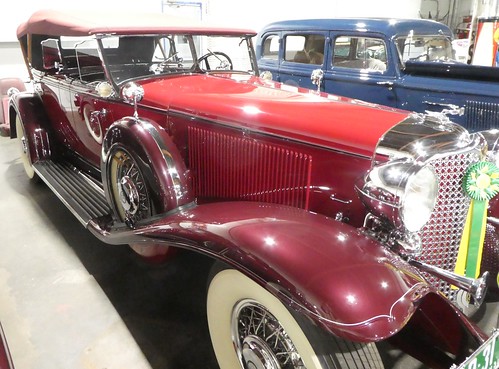
1933 Chrysler Royal 8 CT, 2-Door Coupe
This car was displayed at the LeMay Automobile Museum—America in Tacoma, Washington.
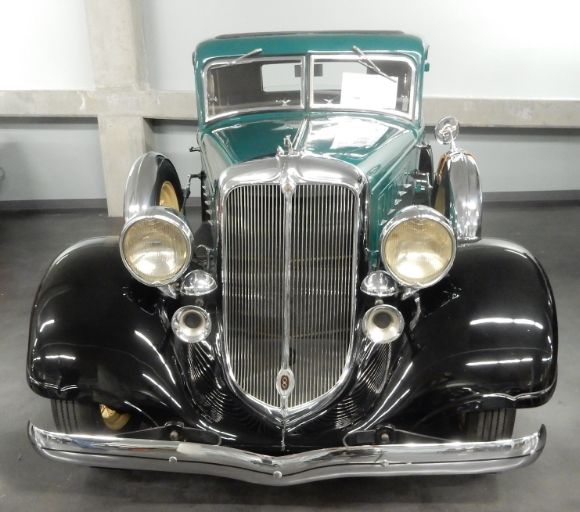
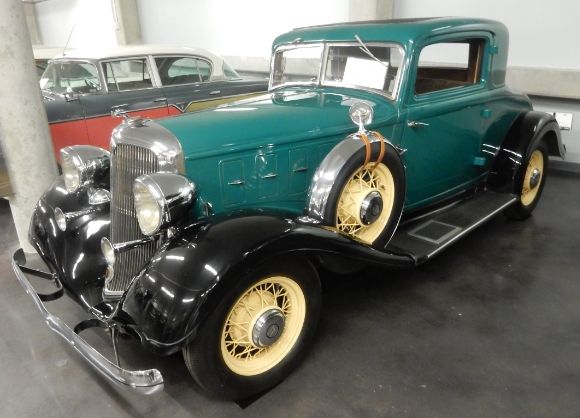
1934 Chrysler Imperial Series CV Airflow Coupe
This car was displayed in a special exhibit at the Portland Art Museum, Portland, Oregon.
Development of the Chrysler Airflow line was led by chief engineer Carl Breer and coachwork was designed by Fred Zeder. According to the show:
“Unlike the more passionate French and European expressions of Art Deco, these cars were more linear and streamlined. The Airflow was superior in terms of safety and power, but its unusual appearance met with disappointing sales.
Museum exhibits also note:
“With its compact and streamlined design, the Airflow was a well-designed and well-executed machine that was cutting-edge for its time. It remains one of the finest examples of Art Deco style in the American idiom.

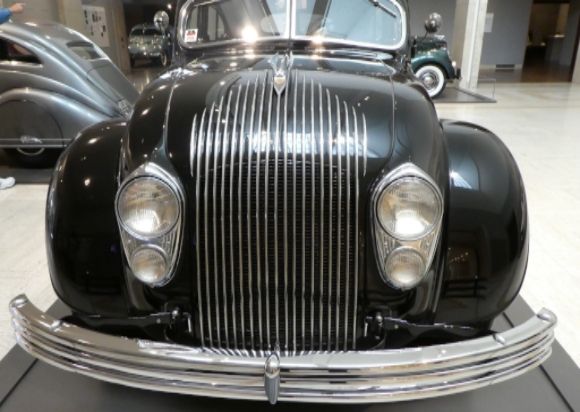

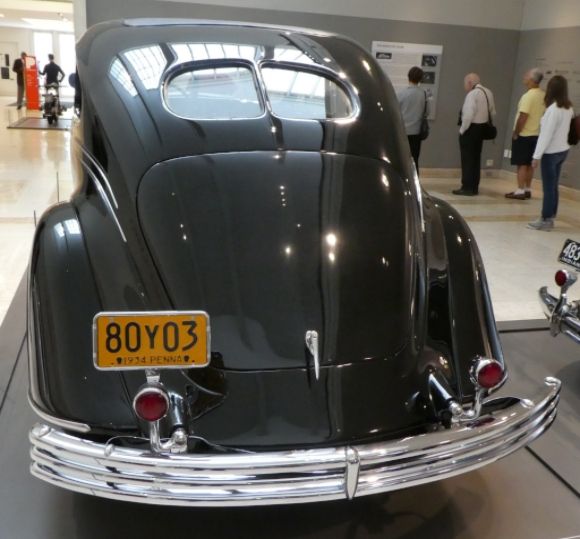
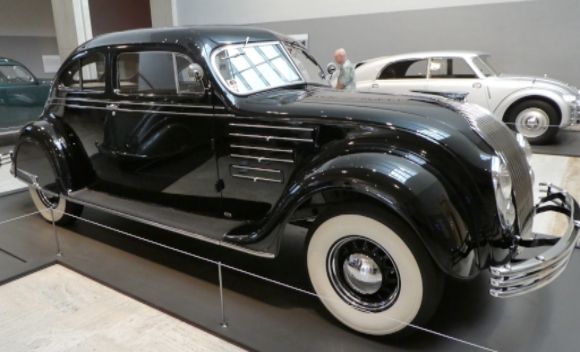
1935 Chrysler Airstream 4S
This car was displayed at the Western Antique Aircraft and Automobile Museum (WAAAM) in Hood River, Oregon.

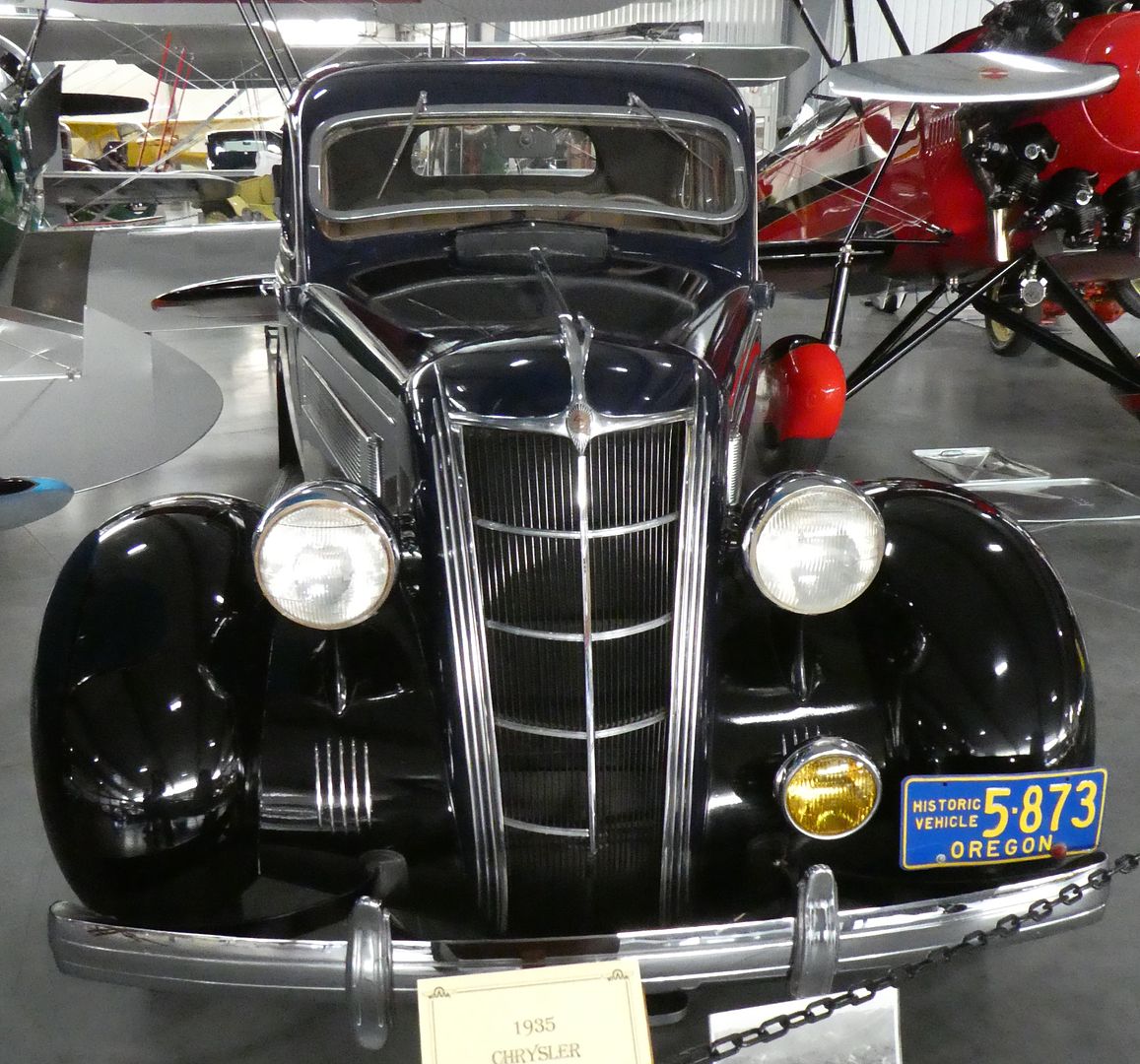
1937 Chrysler Airflow
This car was displayed at the LeMay Automobile Museum—America in Tacoma, Washington.
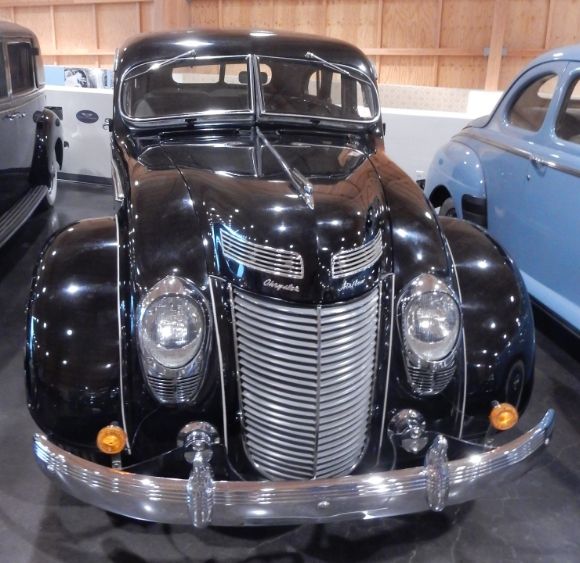
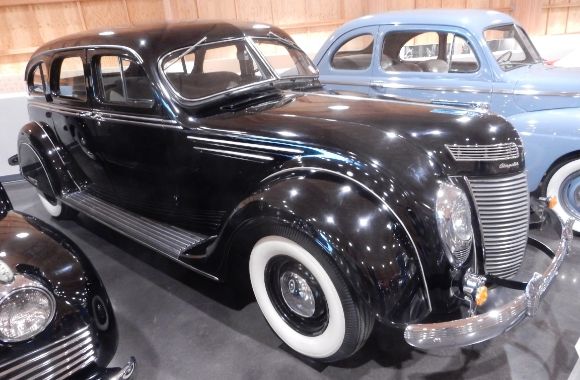

More cars
Museum 201: Chrysler Cars of the 1960s (photo diary)
Museum 201: Oldsmobile Cars (photo diary)
Museum 201: Plymouth cars of the 1960s and 1970s (photo diary)
Museum 201: Dodge Cars, 1916 to 1928 (photo diary)
Museum 201: Luxury cars of the 1930s
Museum 201: Ford Cars, 1921 to 1927 (photo diary)
Museum 201: Ford Model T Speedster (photo diary)
Museum 201: Ford cars before 1920 (photo diary)

























